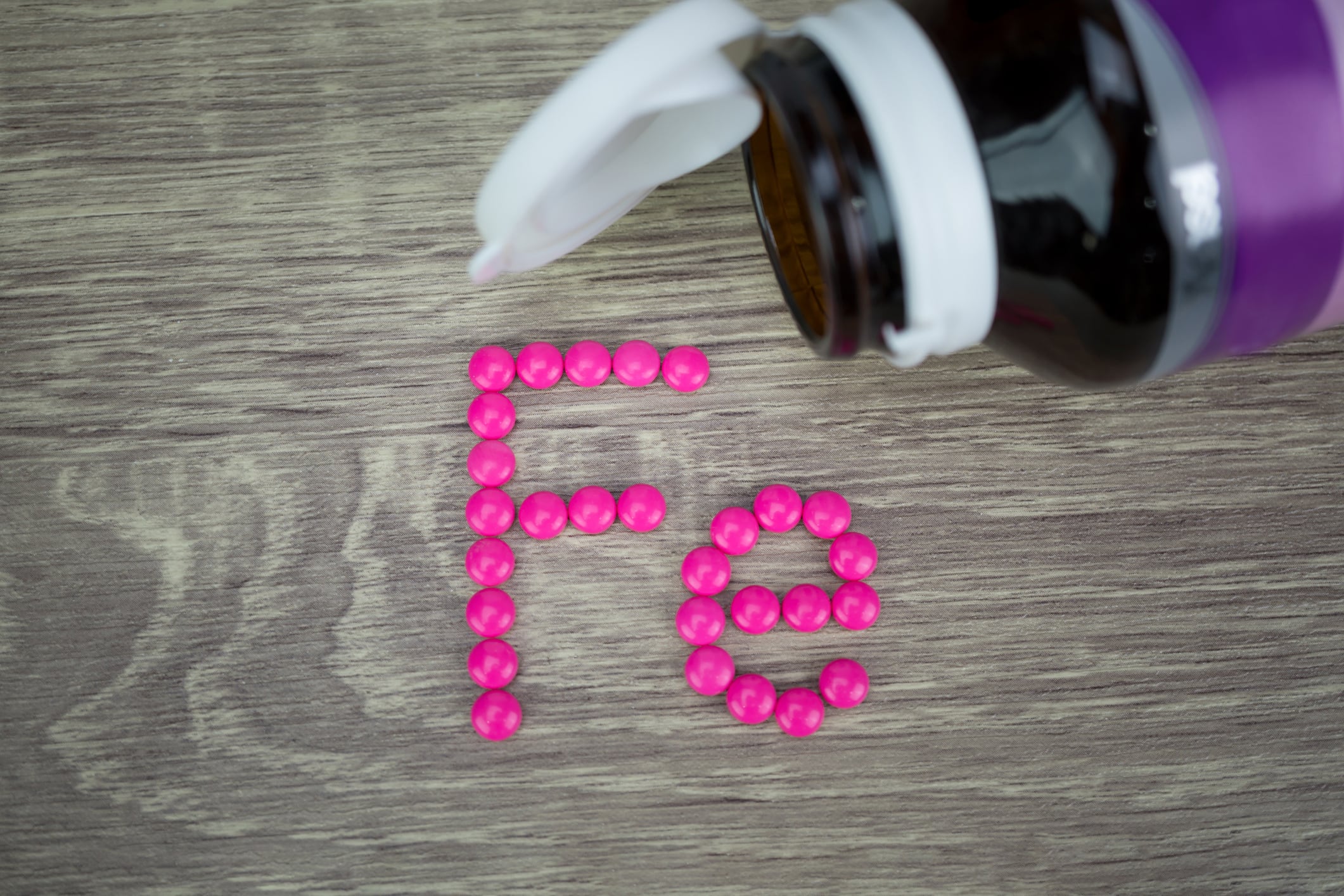“One of the interesting developments of the last few years is that we have been giving people too much iron; the problem is that it causes side effects,” Dr Jonathon Snook, consultant gastroenterologist and co-author of the guidelines, told Nutraingredients.
Hepcidin is the most important inhibitor of iron absorption. Hepcidin levels increase after oral iron intake, impairing absorption of subsequent doses.
The guidance cites studies of iron-depleted but otherwise healthy women which have shown that oral doses of 60mg iron stimulate hepcidin levels for the next 24 hours, thus reducing subsequent iron absorption by 35-45%. As a consequence, the overall absorption of iron from 60mg taken once a day was similar to that from 60mg twice a day.
The authors also reference findings that therapy with low dose oral iron was successful and safe in elderly patients with IDA - a daily dose of 15mg of iron was as effective as 50 or 150mg in terms of haemoglobin response, with a lower incidence of adverse effects.
Explaining the mechanism in simple terms, Dr Snook said the reason too much iron is a problem is due to mucosal iron block; when someone is given a dose of iron, it has an effect on the lining of the small bowel, which effectively switches off iron absorption.
“People are generally told to split the dose two or three times a day, but what this means is that the evening dose is less effective than the morning one because the iron is not absorbed and this will potentially cause side effects,” Dr Snook explained.
50-100mg, once a day
Therefore, the guidance has been revised to recommend a once daily dose of 50-100mg of elemental iron (eg one ferrous sulfate 200g tablet a day), taken in the fasting state as the “best compromise option for initial treatment”.
In terms of which form of iron supplement is best, the guidance recommends traditional iron salts such as ferrous sulfate, ferrous gluconate and ferrous fumarate, owing to them being “effective, safe and readily available”.
They advise against modified release preparations, which release iron in the small bowel, on the basis that they do not enhance absorption or reduce side effects.
In addition, co-administration with vitamin C is not recommended - a recent large randomised controlled trial confirmed that it neither enhances the haematological response or rate of iron loading, nor diminishes side effects.
Update reflects scientific developments
The guidelines were commissioned by the British Society of Gastroenterology to reflect scientific developments since the last update in 2011 and are primarily intended for health professionals in primary and secondary care in the UK, with the aim of improving quality of care.
IDA is relatively common, affecting 2–5% adult men and postmenopausal women in the developed world. While menstrual loss is commonly the cause in premenopausal women, in adult men and postmenopausal women it is often due to chronic blood loss from the GI tract. IDA may be the first manifestation of colonic or oesophago-gastric carcinoma, highlighting the importance of swift and thorough investigation.
Identification, investigation and treatment of IDA
There are three elements to the management of IDA, according to Dr Snook, starting with making sure the anaemia is due to IDA (there are specific diagnostic criteria to determine this); then reviewing the causes and investigating as appropriate for underlying pathology.
“10% of males and females have underlying cancer even though there is no indication of it, and the most common place is in the gastrointestinal tract,” said Dr Snook.
Whilst standard practice is to examine the upper and lower GI tracts at gastroscopy and colonoscopy respectively, this potentially involves a considerable workload with a relatively low yield, and so there is a strong case for targeting valuable investigational resources.
The guidance highlights two advancements that show promise for assisting with this: the IDIOM app has been developed to provide a swift estimate of GI cancer risk in IDA, and the introduction of faecal immunochemical testing (FIT) for trace quantities of blood in the stool represents a major step forward in risk stratification for those presenting with clinical features that are potentially due to colorectal cancer.
The third tenet of IDA management is the treatment of iron deficiency.
“The reason it is so important to treat it is that it is a major cause of immobility. There is a whole range of symptoms, from disproportionate fatigue to exertional breathlessness,” said Dr Snook.
Source: Gut
Authors: Snook J, Bhala N, Beales ILP, et al.
"British Society of Gastroenterology guidelines for the management of iron deficiency anaemia in adults"
doi:10.1136/gutjnl-2021-325210

